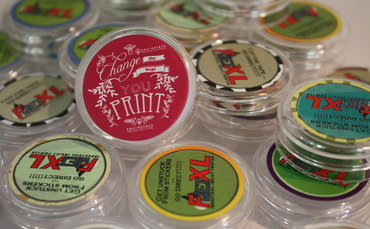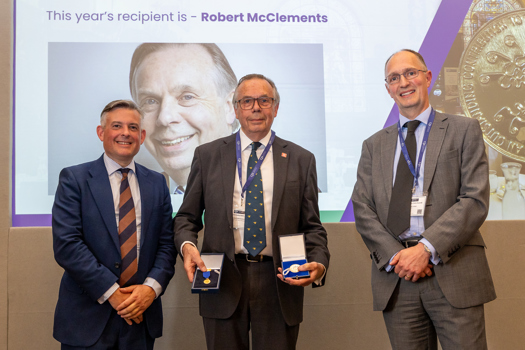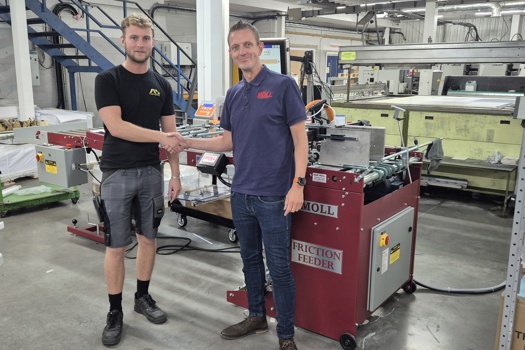The Cambridge-headquartered inkjet manufacturer has acquired US-based direct-to-product printing specialist Engineered Printing Solutions (EPS).
“There’s a very good opportunity to transition the product printing market to digital technology and we can help enable that together,” said Xaar chief executive Doug Edwards.
The bolt-on deal, which could be worth up to $18.5m (£14m), completed this morning.
Earlier this year, Edwards said he wanted to use the UK headquartered firm’s £70m war chest to more than double sales from £93.5m last year to £220m by 2020. Speaking in March, he said areas that he would target included integration that helps customers cut down their development time and also ones that speeded the adoption of direct-to-shape printing.
EPS manufactures its own range of industrial direct-to-shape flatbeds, direct-to-shape single pass printers, direct-to-bottle engines as well as highly automated custom-built industrial printing lines for a range of applications.
Xaar is the primary supplier of inkjet heads to EPS, but the US company also works with other partners.
“We’re not their exclusive supplier,” said Edwards. “We have no intention of becoming exclusive either, we think it’s appropriate that they continue to source the best printhead for each application.”
EPS is also the exclusive North American distributor for Comec range of pad printing devices and also builds its own custom machines.
Currently around 40% of the company’s sales are generated by digital technology, with 60% from analogue. However, Edwards highlighted that EPS’s key growth area was digital.
Last year the business, based in East Dorset, Vermont, had sales of $14m with a 5% operating profit margin. The deal with Xaar is for an initial $11m with a deferred payment of up to $7.5m based on its sales and profit performance over the next three years.
EPS founder Julian Joffe will stay with the business and become Xaar's president of Engineered Printing Solutions. EPS will operate as a standalone business.
EPS’s technology is used for a wide range of applications ranging from promotional products, apparel and packaging to automotive and medical.

EPS specialises in direct-to-object and -shape printing
According to Edwards: “They have a very diverse offering and it will be good feedback for us, because these are areas we’re looking to grow in and having this level of end customer feedback will help our development efforts.”
While EPS is a global business, the majority of its customers are based in North America.
“Today around 5% of our revenue is in the Americas, so this propels us and gives us a good footprint here,” said Edwards.
He added that while Xaar’s strategic goal is to more than double sales by 2020, it wasn’t necessarily putting itself under any pressure to complete more deals this year, although it was “on the lookout”.
“When we talked about the 2020 vision we talked about the four key [£50m] pillars and this sits in the packaging and product printing pillar and this deal gets a pretty good way to the £50m in that pillar.”
In terms of other areas for M&A activity, Edwards said the product printing space was still an attractive area of opportunity for future deals.
“We don’t want to go head-to-head with our existing OEM customers, we want to avoid that. So in areas like ceramics and commercial print it will remain a print head business model, so we think [product printing] is an area where we can carve out a nice niche.”
While EPS does manufacture printing devices, Edwards highlighted that it focuses on bespoke solutions rather than big volumes of similar specification machines. He said that by working closely with EPS it gave Xaar the opportunity to jointly develop machines that help demonstrate proof of concept to help speed OEMs' own development cycles.
“And if a technology ever got to the point where it needed very significant volumes [of machines] then we would probably hand that over to an OEM partner.”










